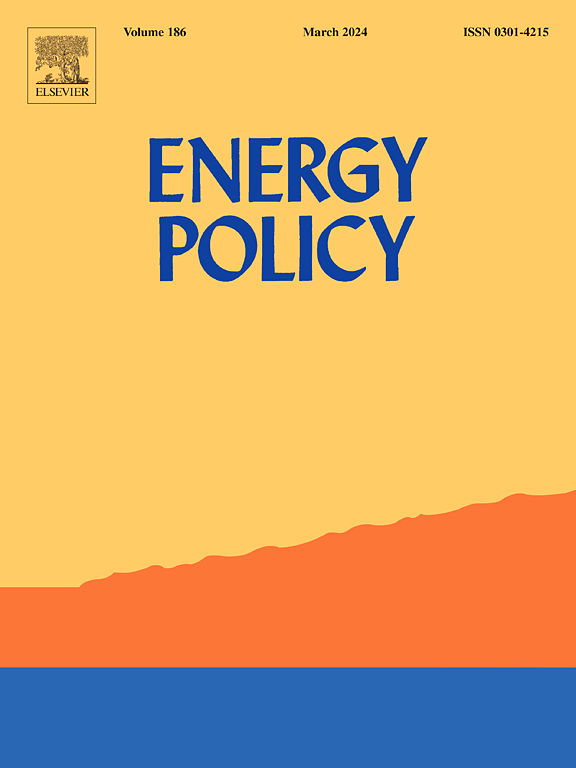Strategic investments: Electrolysis vs. storage for Europe’s energy security in the hydrogen era
IF 9.3
2区 经济学
Q1 ECONOMICS
引用次数: 0
Abstract
European hydrogen demand is projected to surge in the upcoming decade, leading to a potential risk of excessive dependence on imports, which may exceed 50% by 2035. This paper compares two strategies to tackle this hydrogen import disruption vulnerability. The first option is to invest in Underground Hydrogen Storage (UHS) for strategic stockpiling. The second option is to increase electrolysis capacity to inflate local production potential. We identify the most effective investment strategies for Central Western Europe (CWE) in 2035 by implementing a Multistage Stochastic Dynamic Programming (MSDP) model. Results show electrolysis outperforms UHS in preventing import disruption risks, although the two technologies are complementary. Notably, electrolysis represents 95% of the strategic investment budget. The overall cost of the optimal strategic investment amounts to 5–10% of the total investment in hydrogen infrastructure.
战略投资:氢时代欧洲能源安全的电解与存储之争
预计未来十年欧洲的氢气需求量将激增,这将导致过度依赖进口的潜在风险,到 2035 年进口量可能超过 50%。本文比较了应对氢进口中断脆弱性的两种策略。第一个方案是投资地下氢储存(UHS),进行战略储备。第二种方案是提高电解能力,扩大本地生产潜力。我们通过实施多阶段随机动态编程 (MSDP) 模型,确定了 2035 年中西欧 (CWE) 最有效的投资战略。结果表明,在防止进口中断风险方面,电解技术优于超高压输电技术,尽管这两种技术具有互补性。值得注意的是,电解技术占战略投资预算的 95%。最优战略投资的总成本占氢基础设施总投资的 5-10%。
本文章由计算机程序翻译,如有差异,请以英文原文为准。
求助全文
约1分钟内获得全文
求助全文
来源期刊

Energy Policy
管理科学-环境科学
CiteScore
17.30
自引率
5.60%
发文量
540
审稿时长
7.9 months
期刊介绍:
Energy policy is the manner in which a given entity (often governmental) has decided to address issues of energy development including energy conversion, distribution and use as well as reduction of greenhouse gas emissions in order to contribute to climate change mitigation. The attributes of energy policy may include legislation, international treaties, incentives to investment, guidelines for energy conservation, taxation and other public policy techniques.
Energy policy is closely related to climate change policy because totalled worldwide the energy sector emits more greenhouse gas than other sectors.
 求助内容:
求助内容: 应助结果提醒方式:
应助结果提醒方式:


